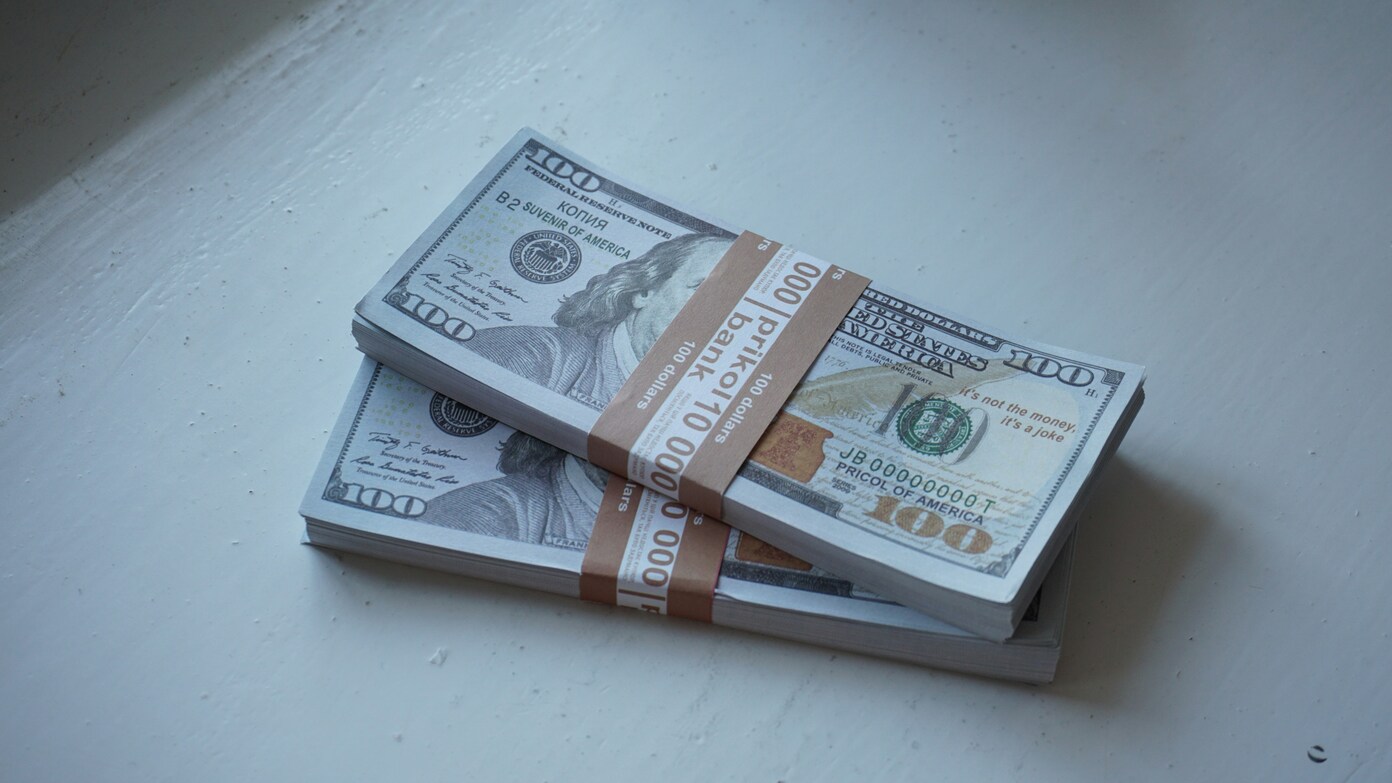Imagine opening the mailbox and discovering you’re getting a payment—cold, hard cash—because of something that had a lasting effect on your life or your community. That’s just what might happen for people harmed by the opioid crisis. Purdue Pharma, the manufacturer of the highly addictive pain drug OxyContin, has offered up a $7 billion settlement package to settle thousands of lawsuits. That’s correct, billion with a “B”.
You might be asking yourself, “Why now?” Here’s the answer: after all those years of courtroom battles and frustration, this settlement is finally a reality. And if you or a family member were harmed by opioids—especially OxyContin—you may be able to get some of that money.
What’s happening with the settlement?
And here’s the deal: this proposal is simply about ending decades of litigation against Purdue Pharma for its role in perpetuating the opioid epidemic. The settlement includes money for individuals, families, hospitals, local governments, and others who’ve been at the epicenter of this crisis.
This Friday, a judge (U.S. Bankruptcy Judge Sean Lane, in case you’re keeping count) has a decision of monumental proportions to make—whether or not to permit this deal to go through. If he gives the go-ahead, then all affected will get to vote on it by September 30. That’s individuals who lost loved ones, children who were born with withdrawal symptoms, and even emergency room staff in the region.
Read this much later:
The 15 biggest restaurant chains in the US: check if your favorite is on the list
Would you get a payment?
That’s where it gets personal. Over $850 million of the total settlement would go directly into individuals’ pockets. This is not money to governments—it is a viable chance for those most impacted to receive some monetary compensation for their loss.
If you or someone in your household has opioid addiction, there’s a possibility that you might be eligible. The payout could be as low as a few thousand dollars more, depending on your circumstances. The offer is pending, but it’s the first time this kind of settlement has put so much money into consumers’ pockets.
What’s the catch?
Well, the money won’t start coming in yet. Even if all the players agree on the plan by fall, the final hearing isn’t until November. Then the judge will decide if the whole process is on target.
And also, a surprise: the U.S. Supreme Court last year closed down an earlier version of this plan. Why? Because it protected the Sackler family (formerly the owners of Purdue Pharma) from future lawsuits, even though they weren’t individually filing for bankruptcy. This new version does not give them that immunity, so if you and others want to sue them directly, be my guest.
The Sackler exit and what’s next
If this sale is approved, the Sacklers are officially gone. They’ll relinquish control of Purdue Pharma entirely. The firm will be renamed, and whatever profits it earns from here on out will be devoted to combating the opioid crisis—what a full-circle moment.
And, indeed, 49 states are already signed up. The only one holding out is Oklahoma (they’ve got their own thing going on). That gets this thing very close to being actual.
Bottom line: Don’t sleep on this
If opioids have entered your life, don’t scroll past this post. This is not another news story—it might be your chance for some compensation, some closure, and a little bit of justice. Time is running out to vote and possibly get paid. So go check your state’s website, talk to an attorney, or browse the official settlement website when it opens.

